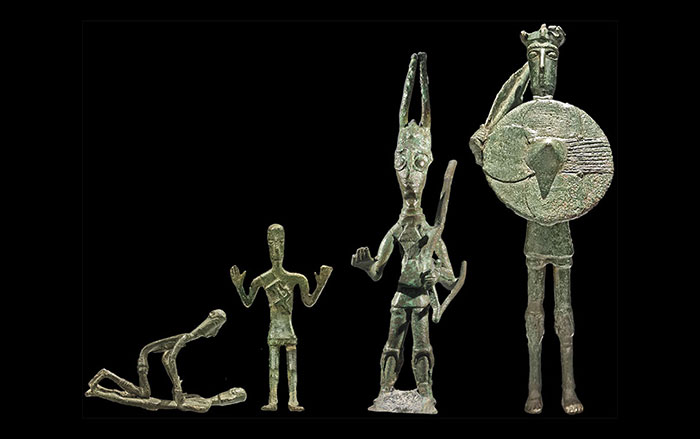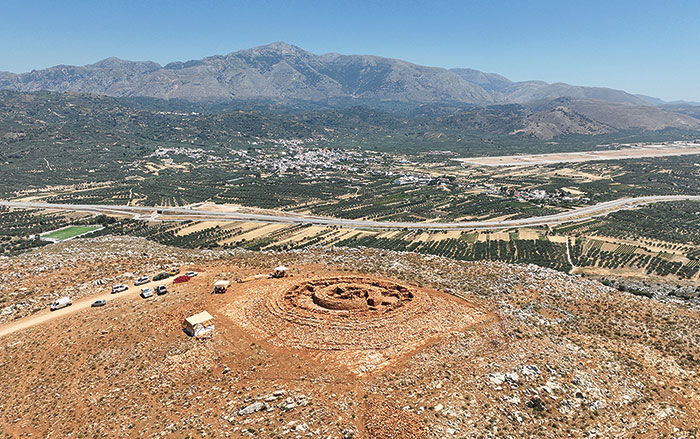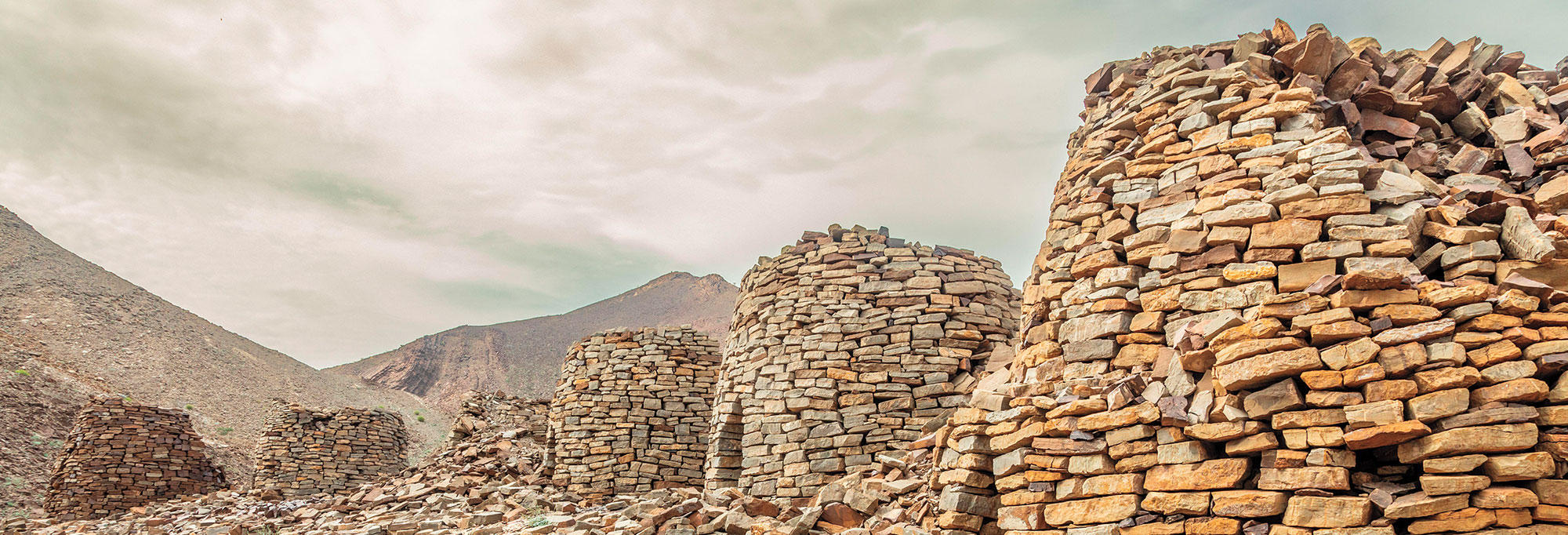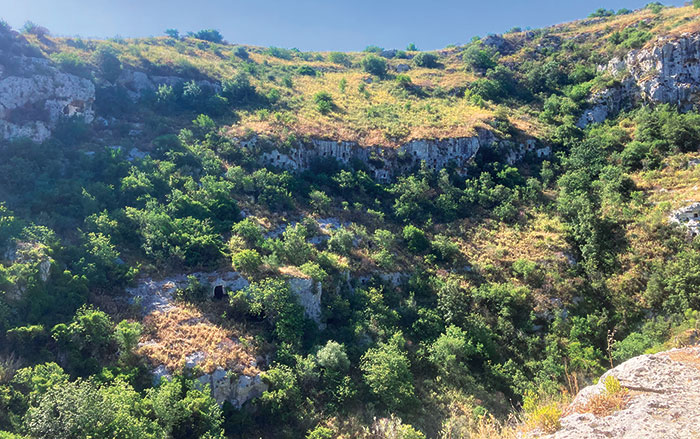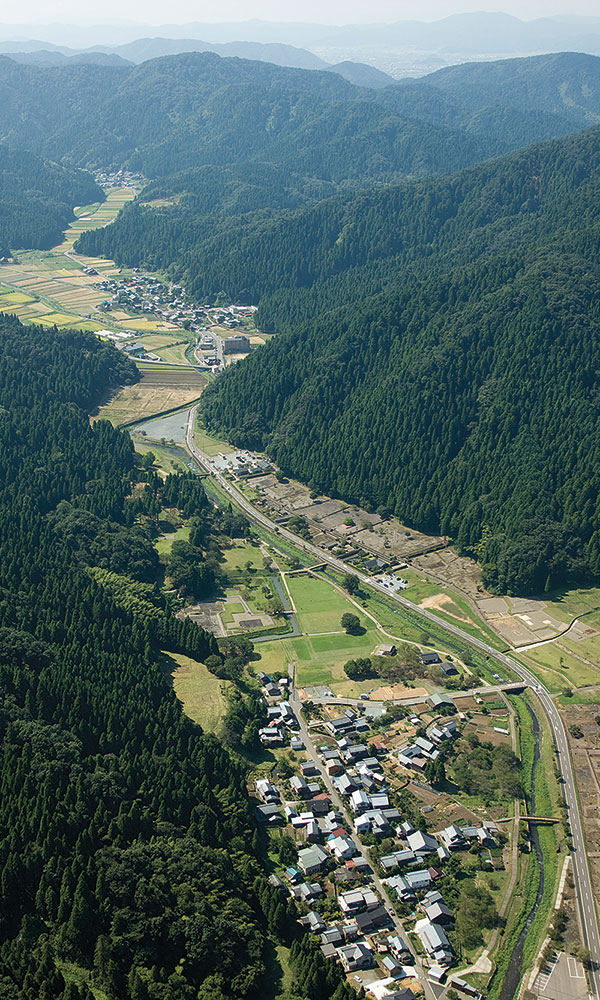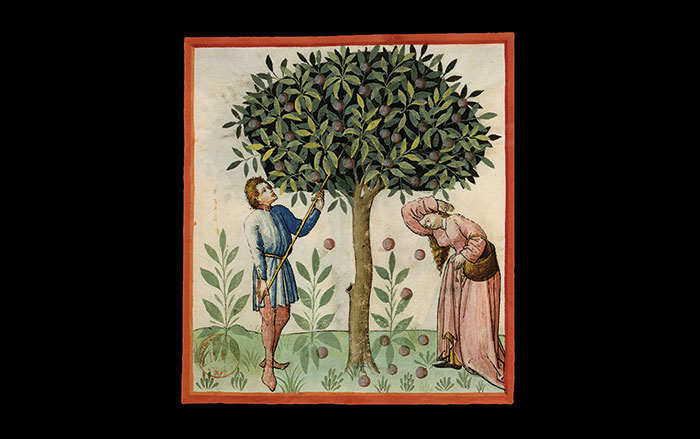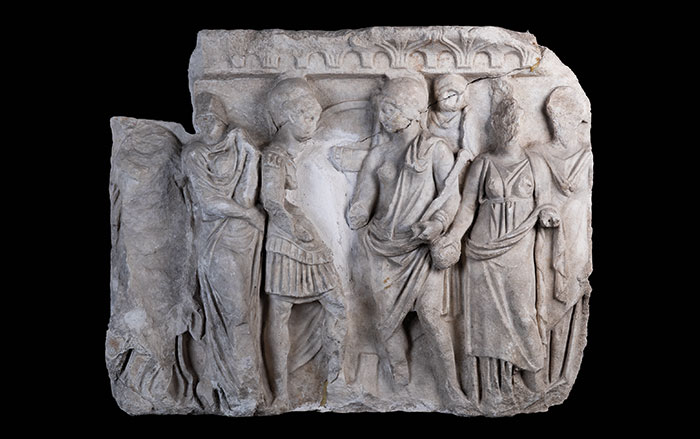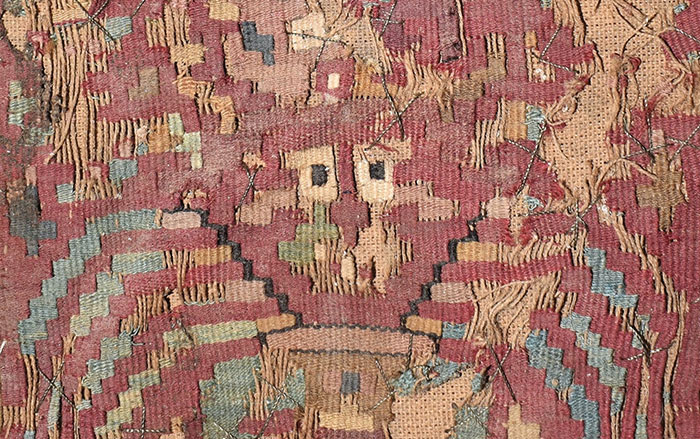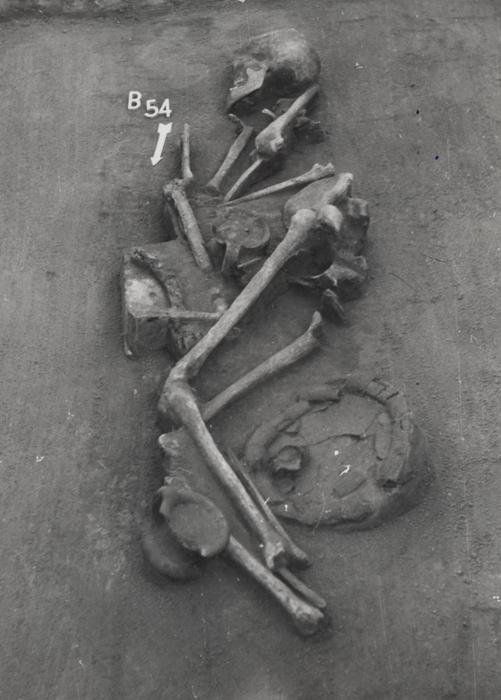
TISZAFÜRED-MAJOROSHALOM, HUNGARY—According to an announcement released by Hungary’s Eötvös Loránd University, new research in the Carpathian Basin has pinpointed a major transformational period in the history of Central Europe. The study focused on eastern Hungary's Tiszafüred-Majoroshalom cemetery, which was used by two different cultures during two different time periods: the Füzesabony culture in the Middle Bronze Age and the Tumulus culture in the Late Bronze Age. Analysis of skeletal remains from the site indicates that there were major lifestyle changes in the region around 1500 b.c. One of the most dramatic changes was seen in dietary habits. During the Middle Bronze Age prior to this transition, the inhabitants had a more varied diet and some community members had access to animal proteins. During the Late Bronze Age, diets became more uniform but poorer. The researchers believe this coincided with the introduction of millet, a high-energy plant that grows quickly. Thus far, the evidence of millet at Tiszafüred-Majoroshalom represents the earliest known consumption of the grain in Europe. The study also found that after 1500 b.c. society became less mobile and welcomed fewer immigrants to the region, though those who did arrive traveled from greater distances. At the beginning of the Late Bronze Age, the report states, long-inhabited tell settlements were also abandoned as people moved to less centralized settlement networks. Read the original scholarly article about this research in Scientific Reports. To read about evidence of skull modification uncovered at a Roman-era cemetery in western Hungary, go to "Head Space."


